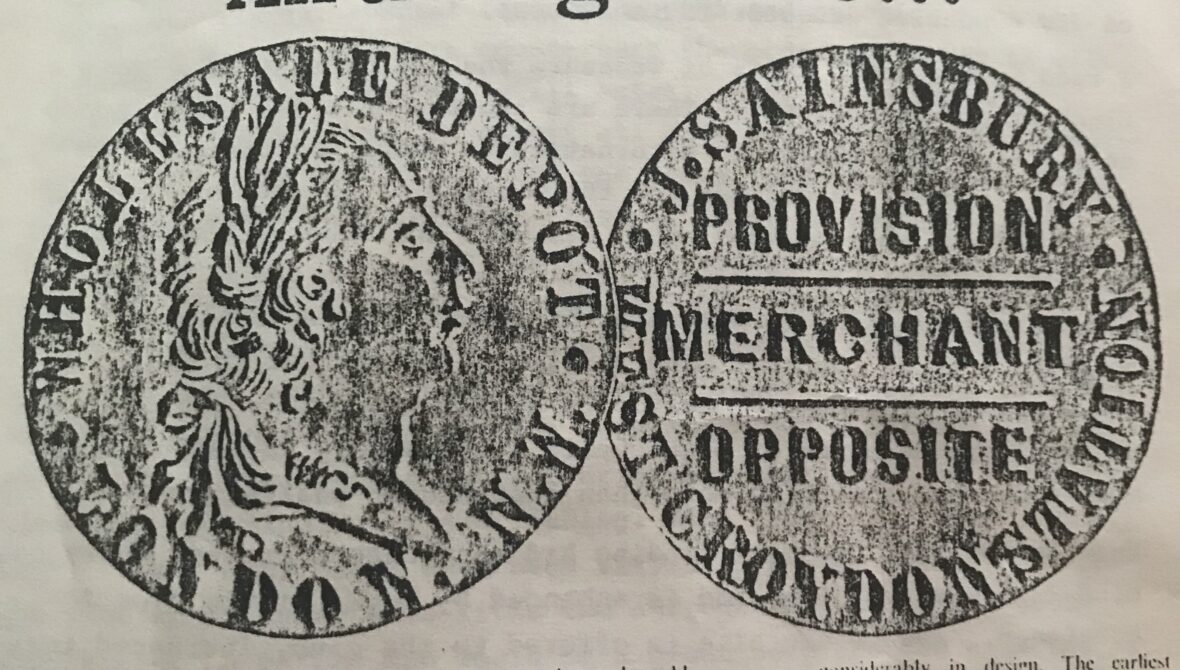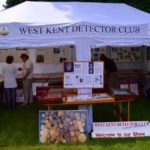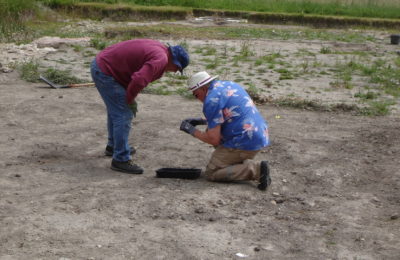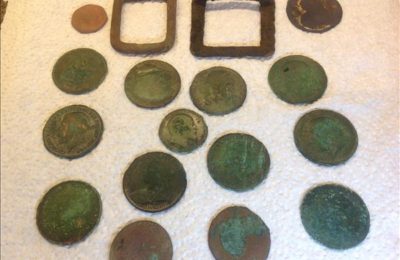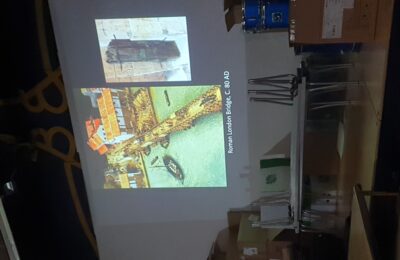This from the January 1983 issue of the club magazine Eureka.
“These are small trade tokens made in imitation of George 111 guineas issued between 1787-1800 and nicknamed “spade guineas” due to the shape of the shield on the reverse. They were made of brass sometimes so highly burnished that they are taken for gold.
They were made in Birmingham and were bought in vast quantities by many retailers to be stamped by their own devices to be given away to customers to be used as playing card counters. They were not offered in exchange for goods, but were a simple early advertising novelty.
The Sainsbury tokens vary considerably in design. The earliest know was issued in 1882 and bore the head of George 111 with, on the other side, the legend “Wholesale Depot – London NW” and “J Sainsbury, Provision Merchant opposite West Croydon Station.” Several varieties were issued with the opening of the Seven Sisters Road North branch in 1899. Examples include: “special table delicacies,” “dealer of poultry and game,” and “high class merchant,”
The company’s last purchase of guineas was in 1913 to celebrate the opening of the Norwich branch. A very popular design much used at the beginning of this century just bore a rather double chinned profile of George 111 and the legend “J Sainsbury for best provisions.” Apparently the company disposed of a large number of tokens in 1913 to a travelling theatre group to use as stage props.”
And then came Nectar points.
Chairman Joe.

